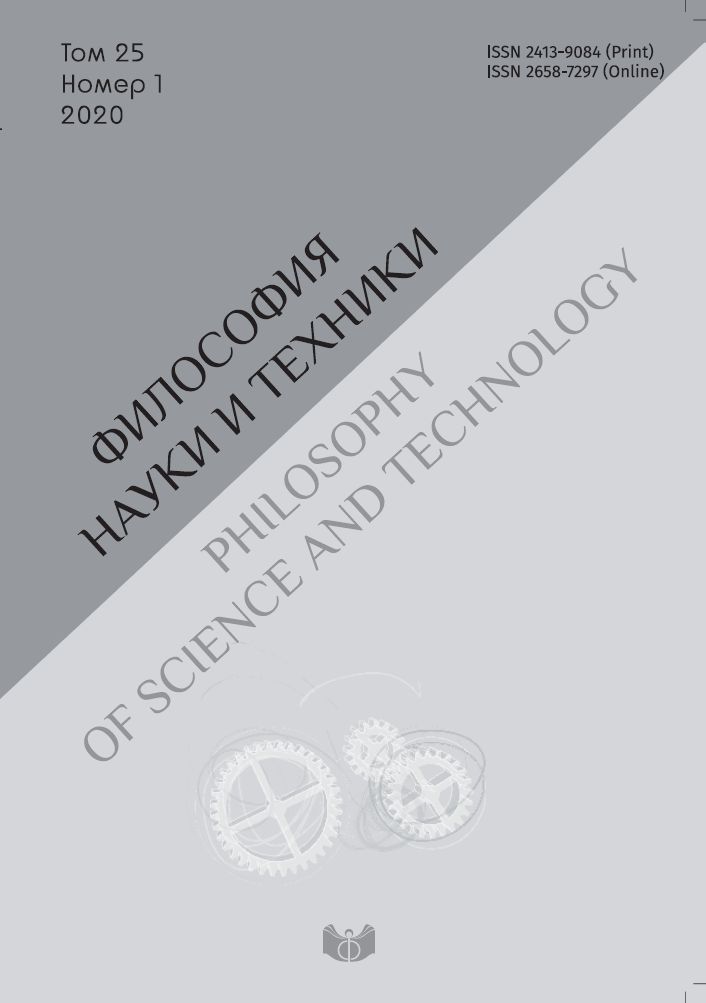Methodological problems of the unification of the theories of electromagnetism and weak interactions
DOI:
https://doi.org/10.21146/2413-9084-2020-25-1-18-30Keywords:
methodology of unification, electromagnetism, weak interactions, crossbred objectsAbstract
The methodological problems of creation of the electroweak theory connected with the evaluation of its ontological condition are indicated. Correspondingly the process of unification of electromagnetic and weak interactions that took place in the second half of the XXth century is scrutinized. Comparative analysis of the unification in relation to four classical examples connected with the names of Newton, Maxwell and Einstein is provided. It is unfolded that the epistemological particularity of the synthesis in history of science consists in that it was realized within the framework of the synthetic research programme aimed at the construction of the sequence of electroweak theories as consequent approximations to the Yang−Mills gauge theory. The main stages of the gauge synthetic programme that had terminated with the Glashow−Salam−Weinberg model construction and its empirical justification are elicited. It is contended that the crossbred character of this model determines its unfinished character. Yet one of the tenets of Margaret Morrison’s fine rational reconstruction of the electroweak theory creation according to which nothing about the mixing of the two gauge fields follows from the mathematical structure of gauge theory alone is contested. Finally it is exhibited that the inter-theoretic relations played an essential role in the construction of the modern electroweak theory.











